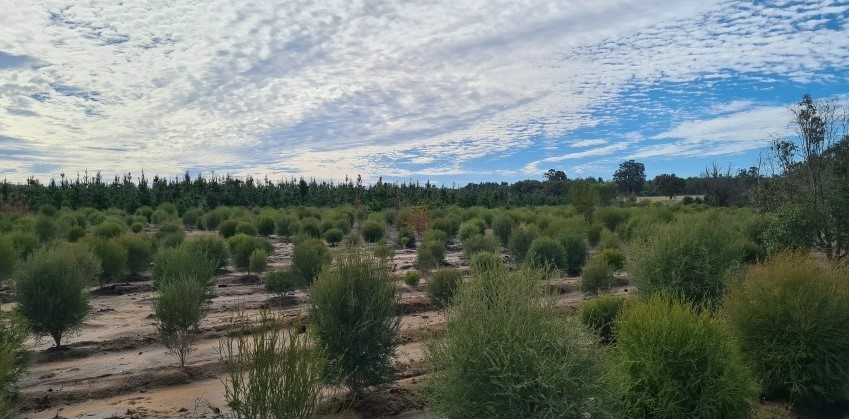Country Areas Water Supply Act 1947 (CAWS Act) proclaims clearing control catchments in the South West of Western Australia for the protection of important water resources from salinity caused by the removal of native vegetation.
There are six CAWS Act controlled catchment areas:
- Wellington Dam Catchment Area
- Harris River Dam Catchment Area*
- Mundaring Weir Catchment Area*
- Denmark River Catchment Area*
- Kent River Water Reserve
- Warren River Water Reserve
*Denotes a public drinking water source area.
Clearing control areas
To find out where clearing control areas are in Western Australia, you can use our online mapping tool or view the CAWSA Part IIA Clearing Control Catchments (DWER-004) datasets on the dataWA website.
CAWS Act licence to clear
Until the Environmental Protection Act 1986 (EP Act) clearing regulations were introduced in July 2004, the clearing of native vegetation in controlled catchments required a CAWS Act licence. The CAWS Act provisions were retained for the protection of vegetation for water quality management purposes and the State Government’s investment in salinity management and mitigation.
If you propose to clear native vegetation within a clearing controlled area you will normally only require an EP Act clearing permit, unless your clearing purpose is exempt from an EP Act permit or your land is subject to a CAWS Act compensation settlement notified by a CAWS Act Memorial on the land’s Certificate of Title.
If you intend to clear in these areas and are unsure if you require CAWS Act authorisation, please email us at cawsa@dwer.wa.gov.au.
Apply for a CAWS Act licence to clear
Download Form 1: Application for licence to clear.
More information
To read about planning and investigation projects in CAWS Act catchments, visit our Strategies for managing salinity page and go to Water Resource Recovery Program.



